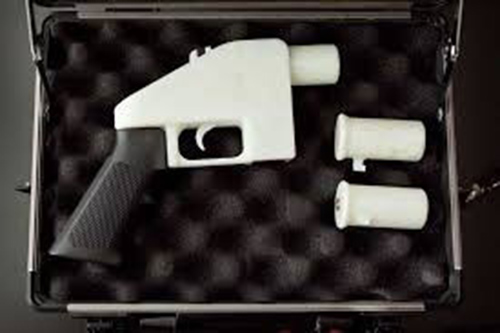During the controversy surrounding the release of blueprints for 3-D-printed plastic guns, the Transportation Security Administration said airport security screeners have been able to spot the so-called untraceable and undetectable weapons in carry-on bags.
The 3-D-printed gun controversy began in June when Defense Distributed of Austin, Texas, reached a settlement with the federal government to allow it to make the plans for the guns available for download. Then a federal judge in Seattle issued a temporary restraining order to stop the release of blueprints, and a coalition of 20 state attorneys general filed a motion Aug. 2 to continue to block the release of the plans.
But TSA officials say 3-D-printed guns and firearm components have been in circulation for years and have been found on passengers trying to board commercial flights.
Since August 2016, the TSA has detected two 3-D-printed guns and two 3-D-printed firearm components, all of which were voluntarily abandoned by the passengers who packed them in their carry-on bags, TSA spokesman Michael Bilello said.
The most recent component was discovered in January at McCarran International Airport in Las Vegas.
“TSA officers are trained and on the lookout for 3-D guns,” he said. “We have proven detection capabilities and screening protocols in place.”
Like all firearms, explosives and replica weapons, 3-D-printed guns are prohibited in the cabins of commercial planes. Passengers caught trying to bring any weapons onto a flight are turned over to local law enforcement for prosecution and could face fines of up to $9,800.
Send questions/comments to the editors.



Comments are no longer available on this story